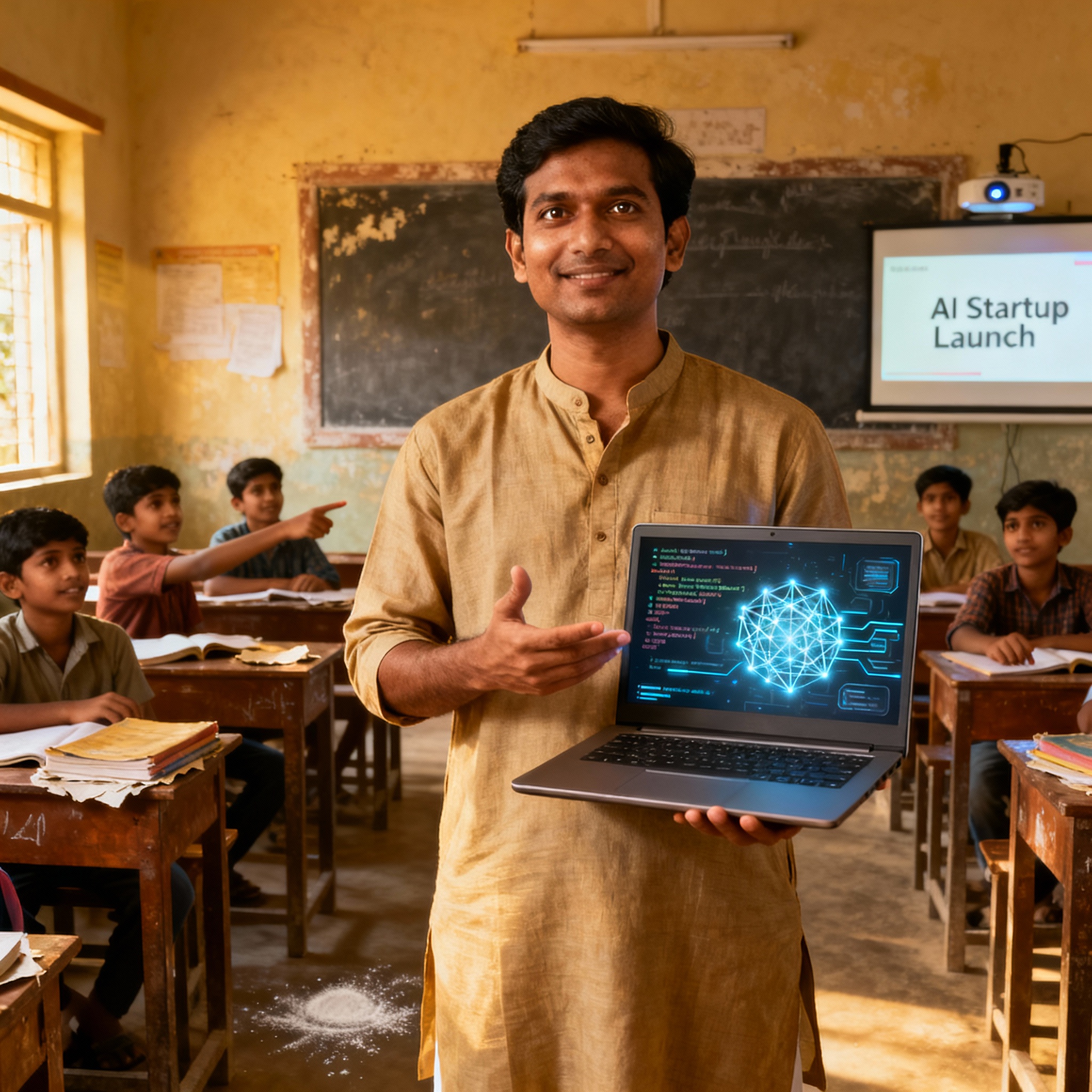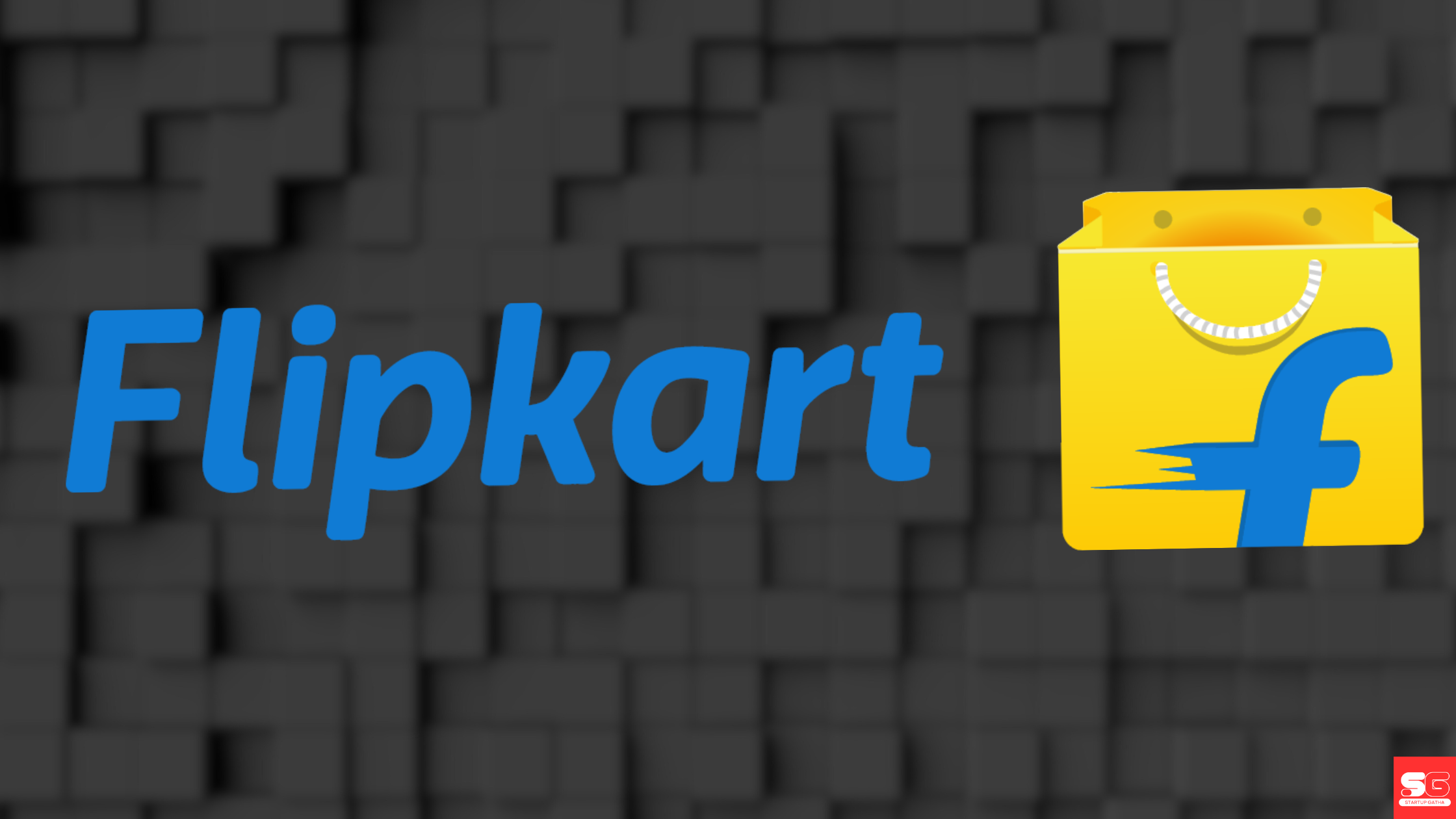Sachin and Binny Bansal may not be related by blood, but their story is forever bound by grit, risks, and a relentless belief in transforming India’s shopping landscape. Back in 2007, two fresh IIT Delhi graduates sat cramped in a Bengaluru apartment, armed with borrowed books, a few thousand rupees, and one shared purpose: to make buying online not just possible, but trustworthy in India.
There were no angel investors, no PR blitzes. For months, they packed orders themselves, made deliveries on motorbikes, and answered every customer query personally. “Our office was our apartment. We didn’t even have a proper desk, just a big idea and stubborn hope,” Sachin recalled. Flipkart’s earliest moments were stitched together by late-night packing sessions, handwritten invoices, and the sound of a phone ringing with the team’s first order.
Setting the Stage: Who Are Sachin and Binny Bansal?
Both Sachin and Binny hail from Chandigarh, where childhoods were shaped by modest means and hard-working parents. Sachin’s father ran a small business, while Binny’s worked in a bank. Their paths converged at IIT Delhi, cementing a partnership built on curiosity and friendship. Post graduation, Amazon became their training ground for e-commerce mechanics—but it was a shared rejection by Google that nudged them toward entrepreneurship.
The Spark: Flipkart’s Bold Beginning
Back in 2007, Indian retail was dominated by brick-and-mortar shops; e-commerce was a distant dream. Sachin and Binny saw a gap: “Why can’t people buy books online in India?” Inspired by Amazon’s US success but keenly aware of local mistrust, they bootstrapped Flipkart with their own savings. The vision was simple: start with books, expand to everything. Little did they know, their experiment would end up reimagining how India shops.
The Flipkart Journey: Struggles, Failures, and Big Wins
Early days were relentless. Sachin and Binny would deliver orders personally—sometimes borrowing bikes, often working through power cuts and logistical breakdowns. Payments were a nightmare. Many customers refused to pay online, fearing scams. So, they introduced Cash-on-Delivery—a move that revolutionized Indian e-commerce by building trust brick by brick.
As Flipkart grew, the duo faced tough choices and failures. Ventures like PayZippy and Flyte flopped, while a bold “app-only” strategy turned out to be a misstep. Those moments, however, taught them the art of quick pivots and listening to customers above all. When courier partners let them down, Flipkart built its own supply chain arm, Ekart, to put quality back in their control.
Their story was never just straight up. “We never saw ourselves as infallible, we saw ourselves as learners,” Binny said. Competition with Amazon spurred innovation, and landmark decisions—like acquiring Myntra and Jabong—helped Flipkart conquer fashion and lifestyle markets.
Flipkart Today: New Beginnings and Enduring Impact
Walmart’s $16 billion buyout in 2018 was a pinnacle. For Sachin, leaving after the acquisition was bittersweet—he felt unfinished dreams. Binny’s exit followed soon after, under clouded circumstances but he remains a mentor and investor in the Indian startup community. Sachin now leads Navi, a fintech aiming to disrupt banking and insurance, while Binny supports founders through xto10x Technologies.
From just two founders, Flipkart grew to a massive team, millions of customers, and set the blueprint for Indian startup successes. Their legacy is not just a marketplace—it’s an attitude.
Real Advice from Founders
Sachin’s mantra? “Solve for real people. Risk, fail, learn, repeat.” Binny’s wisdom: “Entrepreneurship is about resilience. Problems will come, the key is in how you respond and adapt. Stay transparent, stay hungry for learning, and trust your vision.”






